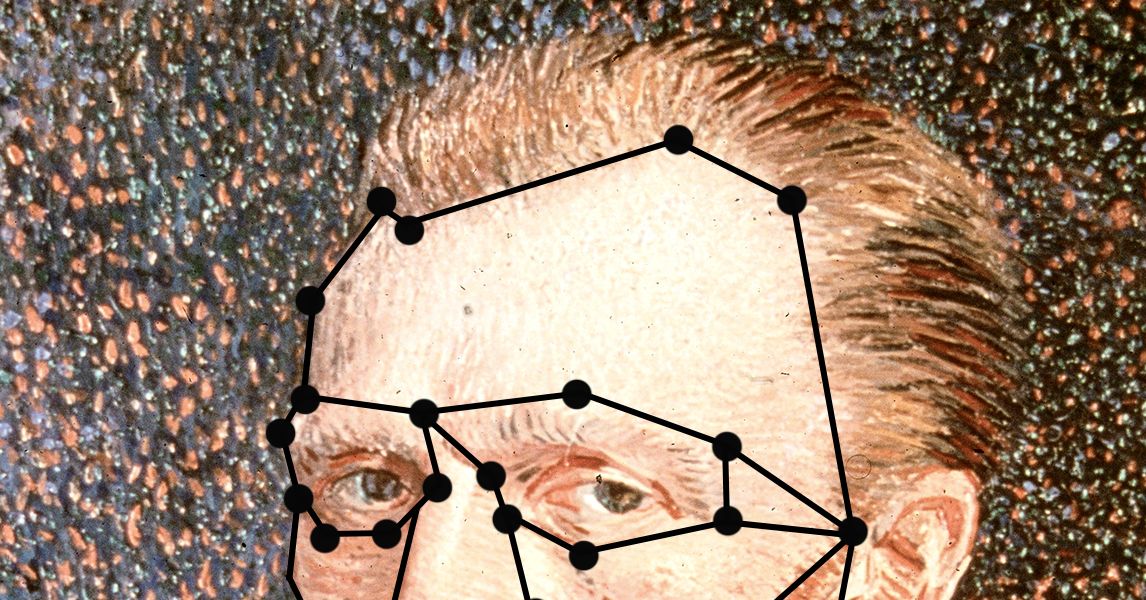It has artificial intelligence To date, it has been registered as a Bogeyman in cultural circles: the software is authors and translators’ jobs, and the images produced by AI call the number of mortality for illustrators and graphic designers.
However, there is a corner of a great culture that plays an important role as a hero, and does not move traditional personalities – artists and artists – but adds a powerful and convincing weapon to its arsenal while fighting for falsification. Artificial intelligence is currently based on the analysis of a digital image of a painting alone, in recognizing and confirming the identity of a good artist.
The objective analysis of artificial intelligence has thrown the wrench into this traditional hierarchy. If an algorithm can determine the writing of a work of art statistically, where does this leave the old protective art historians whose reputation is made of their mental expertise? In fact, artificial intelligence will never replace experts, just as the use of X -rays and carbon dating did not. This is simply the latest in a line of advanced tools to help confirm credit.
A good artificial intelligence must be fed by human art historians from a database to make your knowledge of the style of an artist, and human art historians must interpret the results. This item published its analysis of Rembrandt in November 2024, when a leading company in the field of artificial intelligence. Polish ride– Painting that confused celebrity scientists and led to many arguments about how much, if each of which was actually painted by Rembrandt himself. Artificial intelligence matches exactly what most experts have raised about which part of the painting by the professor, which was by his students, includes excessive repairers. This is especially convincing when the scientific approach confirms the expert opinion.
We humans consider hard scientific data to be more convincing, even if it is a person who seems to be an expert. The so -called “CSI effect” describes how the jury members consider the evidence to be more convincing than objective testimony. But when the expert’s opinion (eyewitnesses), the strength and scientific tests (CSIs) are all the same about conclusions? This is as close to a definite response as it could.
But what happens to the owner of the work that at first glance is completely invalid to hire a smooth company with the task of gathering forensic evidence to support a preferable feature?
Lost and found
In 2016, an oil painting appeared in the coke market in the Minnesota and was bought for less than $ 50. Its owners now suggest that this can be a lost van Gogh, so millions are valued. . This sturdy painting is clumsy, completely lacking pessimism and rhythmic brush that defines Dutch artist Our. Worst of all, had the signature: Elimar. And yet, this suspicious painting has become a noisy battle center for originality, in which scientific analysis, market forces, and wish thought deal with each other.
Owners of “Elimer Van Gogh”, as it is known in art circles, is now an art consulting group called LMI International. They are investing in a lot of investments to say what they want to say: This is actually a real van. This is where everything is dark. The world of art authentication is not an easy thing. Unlike the hard sciences, the history of art is expert in the competition. This is also important, an industry that is directed by financial incentives. If this painting is considered real, Skyrockkets is worth it. If this is considered a fake, or better in this case, a job derived by a person named Elimer who reads a little on the canvas is inspired by Van Gogh, but with any of his talents, this is useless – as valuable as you would expect to find under $ 50 in a Coke market. This imbalance in stock has led to a dangerous process: hiring specialists to determine authenticity, but to confirm it.





